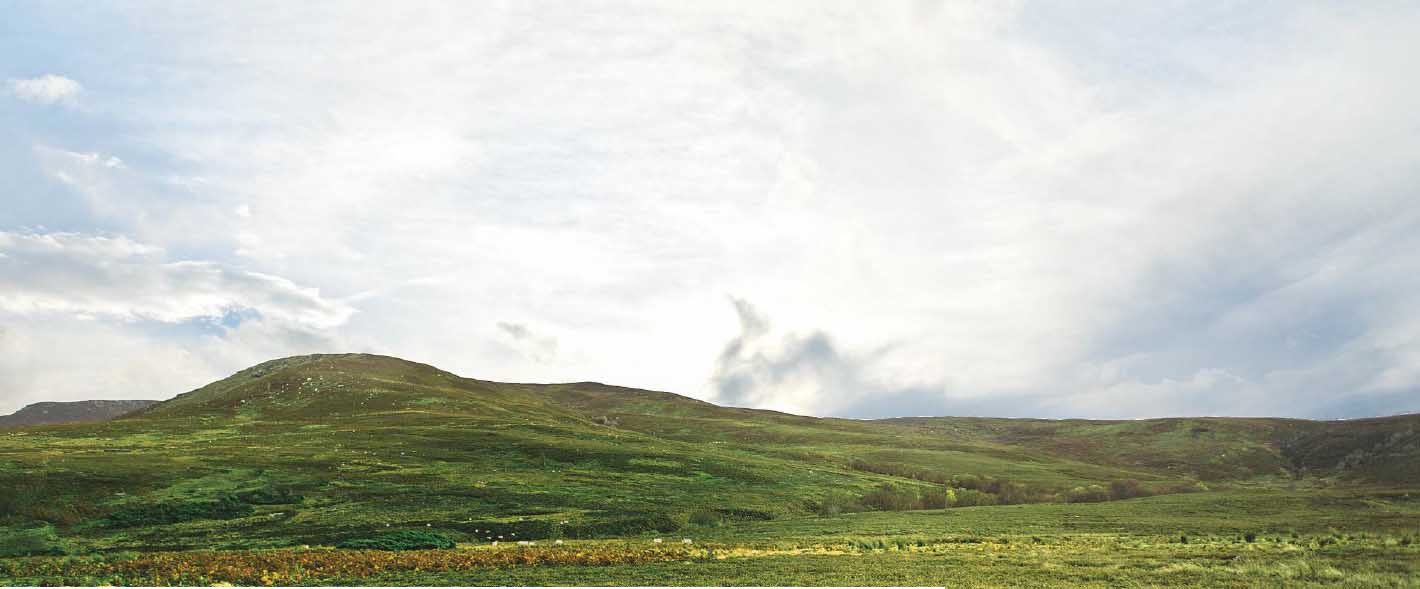MEET THE GIN-MAKERS

The rugged Northumberland moors.
Even if you know nothing about drinks, you’ll have noticed that gin is having a bit of a moment. There’s an ever-increasing number of bottles turning up on shop shelves, while classic and new gin cocktails – especially the negroni – are on the drinks menu in every bar.